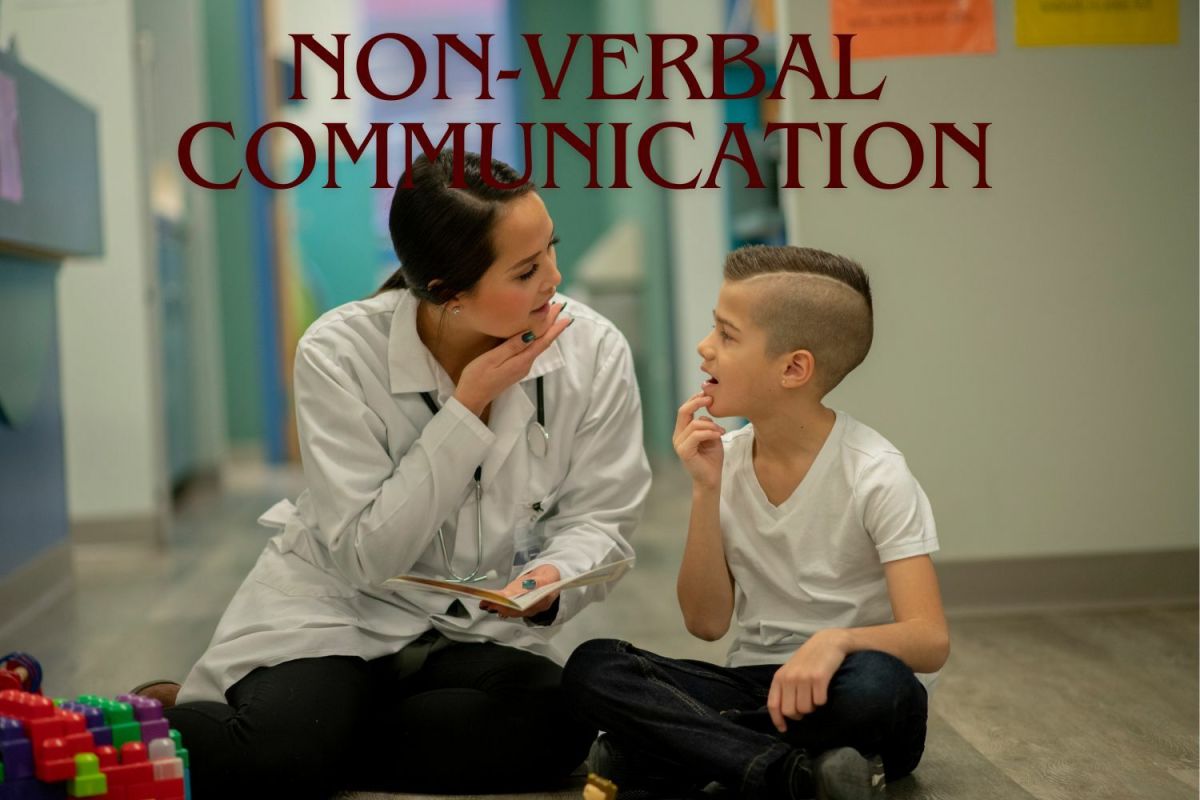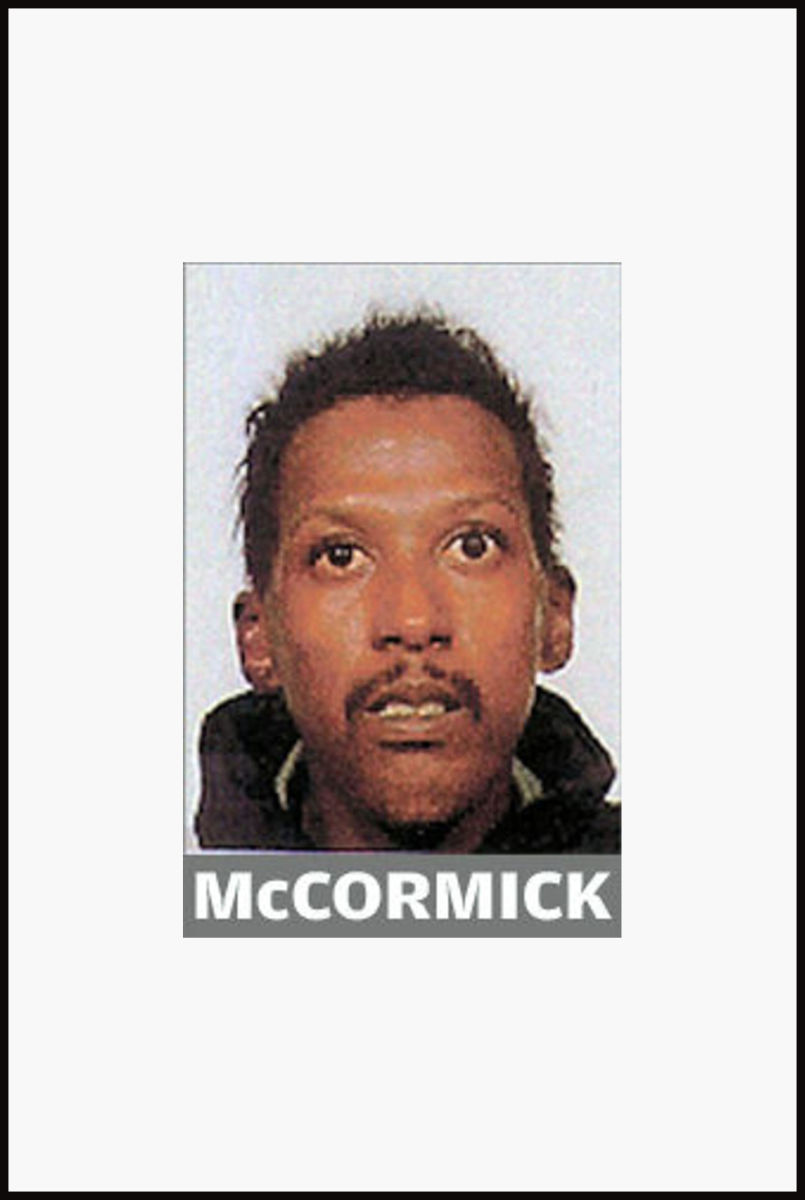The English Language: Nonverbal Communication
Nonverbal Communication
Nonverbal communication, sometimes called "Body Language" is any sort of communication which is done without words. Please note, American Sign Language other national sign languages are NOT nonverbal communication, because sign language is infinitely creative, and as equally complex as spoken language.

Universiality of nonverbal communication
Many nonverbal signs are universal. For example, smiling and frowning mean the same thing (amongst humanity) regardless of where one travels on this globe. Often, nonverbal signs are involuntary and physiological. Blushing is a nonverbal signal showing the quality of being embarrassed. Unlike verbal signals, nonverbal signals often resemble their referents; that is to say, nonverbal signals resemble that to which they refer. Words do not resemble,except when one is being onomatopoetic, the subject to which the word refers. The word "Anger" Doesn't sound angry, and the word "Wonderful" doesn't sound so wonderful. While words are arbitrary, non-verbal signs are not.
Alternatively, there are many non-universal nonverbal signs. Signs that mean something in America may very well mean something very different somewhere else (if they mean anything at all).
Untaught Language
Nonverbal signals, unlike their verbal counterparts, are not things that are taught. While they are largely culturally defined, they are not learned in the traditional sense. While a young child who receives socks for Christmas may say "Thanks grandma...", his disappointment shows clearly on his face. The nonverbal signals representing his disappointment are merely physiological reactions to his current emotional state.
Encoding and Decoding Nonverbal Messages
Nonverbal messages are encoded in a variety of ways; this variety is broken down into two categories: simple and complex. Simple encoding happens naturally and is such that the receiver of the message can easily decode the message and retrieve the meaning. Simple encoding is often (if not always) involuntary. Complex encoding requires a thoughtful effort. One form of complex encoding takes place when we decide how we wish to communicate. We do not, one would presume, speak in the same manner with our professors and employers that we speak with our friends or family. Neither do we dress the same way for a job interview that we would for a night at the movie theater. Also, a form of complex encoding is used when coordinating verbal signals with their nonverbal counterparts. An example of this would be nodding while agreeing verbally. Nonverbal communication also serves to complement our spoken communication. Saying that we're really excited about something is one thing, but unless it is visible on our faces and in our gestures, it does not carry the same message.









